The Embraer EMB 314 Super Tucano is a Brazilian light attack aircraft famed for its ruggedness, effectiveness, and low costs.
Gallery:




Features:
- Recreated with blueprints
- Brazilian Air Force (Força Aérea Brasileira) livery
- Fairly realistic performance
- A cool cockpit that should be VR compatible
- Front and back seat cameras
- MAA-1A Piranha missiles, SBAT rockets, M3 machine guns, and Mk 82 bombs
Nonstandard Controls:
- AG 1 Emergency Jettison Ordnance
- AG 2 Activate Nose Wheel Steering, then yaw to use
- AG 3 Lights
- AG 4 Air Brake
- VTOL for flaps
- Trim for trim
Notes:
- Thanks @PlanariaLab for the 1Parts HUD
- When I started this project I thought there were only a few changes from the basic Tucano… turns out there are quite a few
- Extremely happy with this one, especially the cockpit. Could have done further detailing but don’t want to part count to get too high
Background:
In the latter half of the 1980s, the Brazilian aerospace company Embraer was researching an improved version of the EMB 312 Tucano with a more powerful engine. This research, combined with lessons learned from the aircraft’s combat use, led to the EMB 312H. Embraer submitted this aircraft to the Joint Primary Aircraft Training System contest being run jointly by the U.S. Air Force and Navy to find a new primary training aircraft. The improved Tucano lost out to the Beechcraft T-6 Texan II, but Embraer continued development. In 1995, the Brazilian Air Force formally expressed interest in the design as a light attack aircraft that would make up part of the Amazon Surveillance System. The first prototype flew in the late 1990s and entered service with Brazil in 2003 as the A-29 Super Tucano.
The Super Tucano featured so many changes from the baseline Tucano that it received a new model number: the EMB 314. Some of these changes are: a stronger 1,600 hp engine, a glass cockpit, flare and chaff dispensers, wing-mounted machine guns, an additional pylon, the ability to carry a wider variety of ordnance (including precision-guided munitions), night vision compatibility, data link, an air brake, a lengthened fuselage, a reinforced canopy, reinforced landing gear, and for some operators, a nose-mounted FLIR turret and armor plating.
The Super Tucano has been hugely successful in the export market, being sold as a training and counter-insurgency aircraft throughout the world. Aside from Brazil, other major operators include Afghanistan, Chile, Colombia, Ecuador, and Indonesia. The United States also evaluated the aircraft to supplement and potentially replace the A-10, but ultimately chose to procure only a small number for special operations and training. Other countries have shown interest in the Super Tucano, and further sales may take place.
Specifications
Spotlights
- This craft is curated
- AvalonIndustries 3.1 years ago
- TatsuTheOtaku 3.3 years ago
- TheGliderGuy 3.3 years ago
- Dragoranos 3.3 years ago
General Characteristics
- Successors 10 airplane(s) +113 bonus
- Created On Windows
- Wingspan 38.1ft (11.6m)
- Length 38.0ft (11.6m)
- Height 13.7ft (4.2m)
- Empty Weight 7,654lbs (3,472kg)
- Loaded Weight 8,884lbs (4,030kg)
Performance
- Horse Power/Weight Ratio 0.18
- Wing Loading 38.3lbs/ft2 (186.9kg/m2)
- Wing Area 232.1ft2 (21.6m2)
- Drag Points 1134
Parts
- Number of Parts 445
- Control Surfaces 5
- Performance Cost 1,896

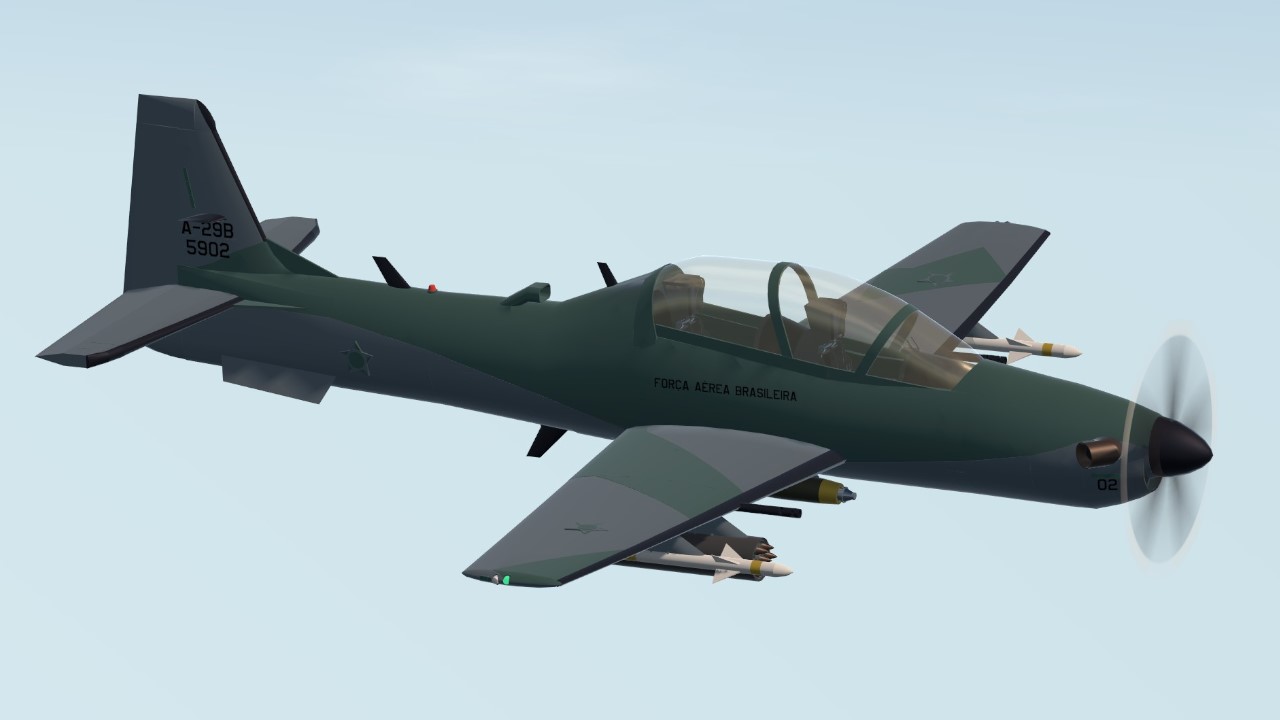
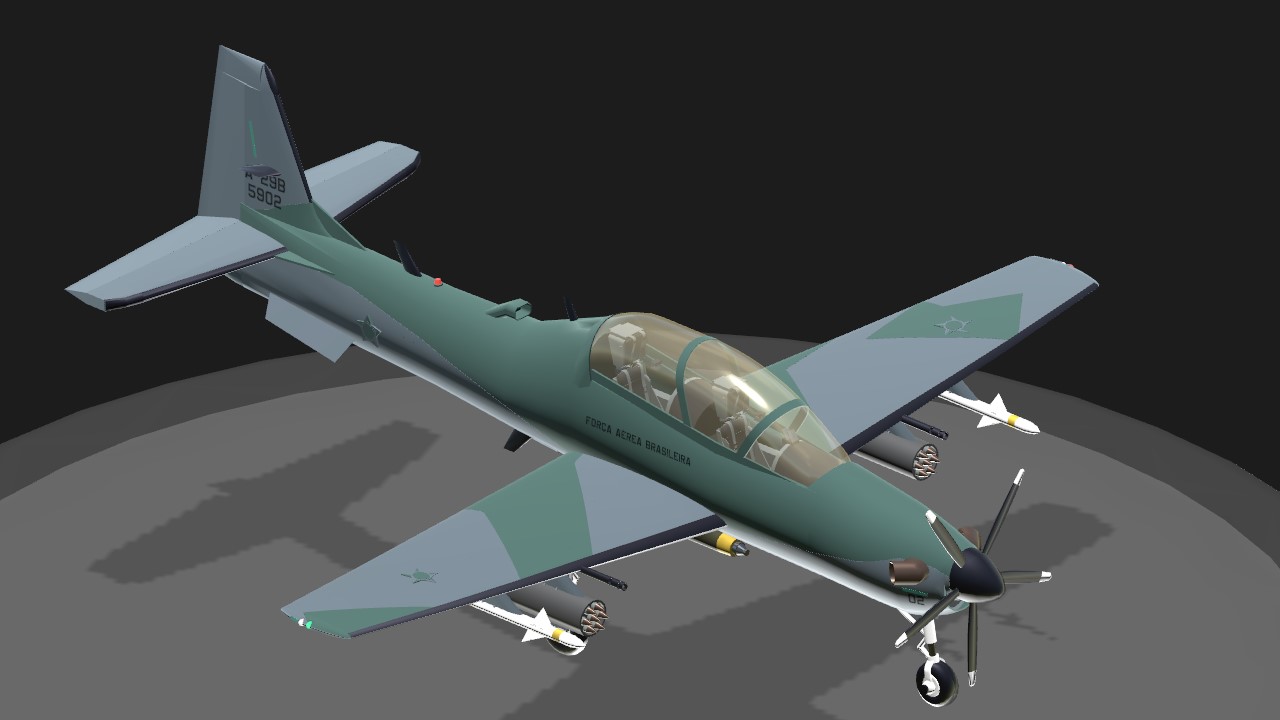
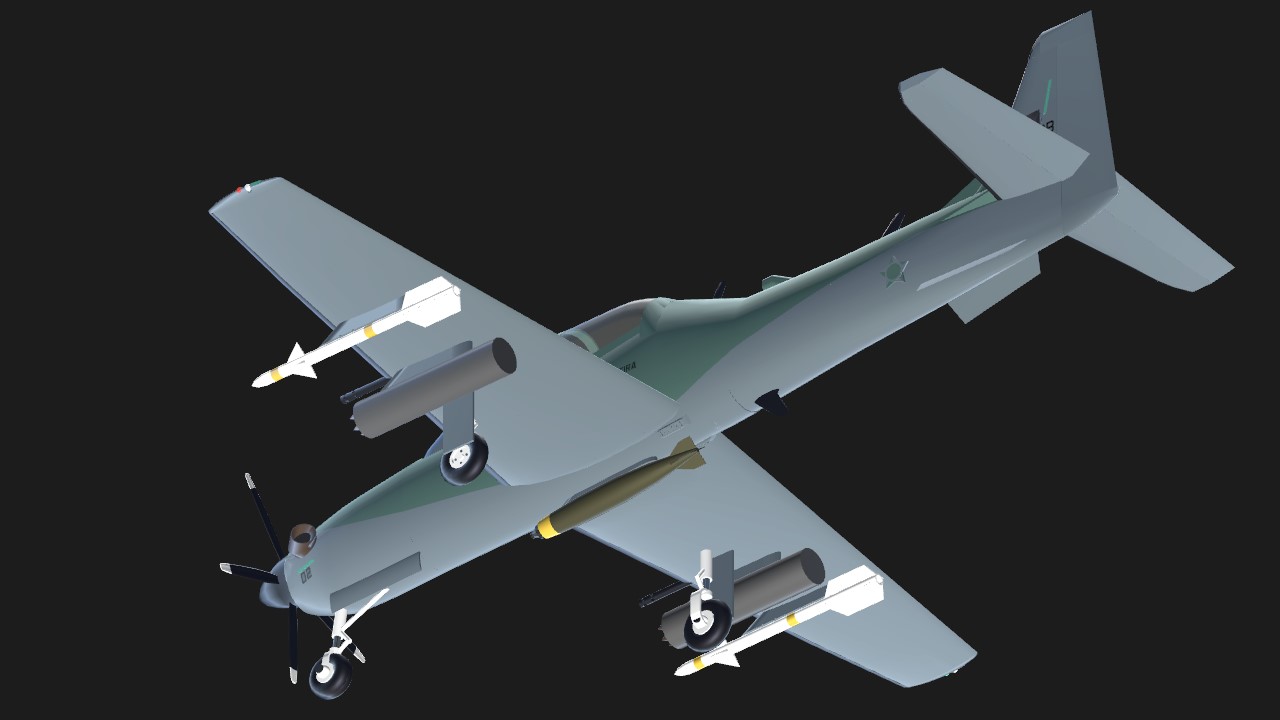

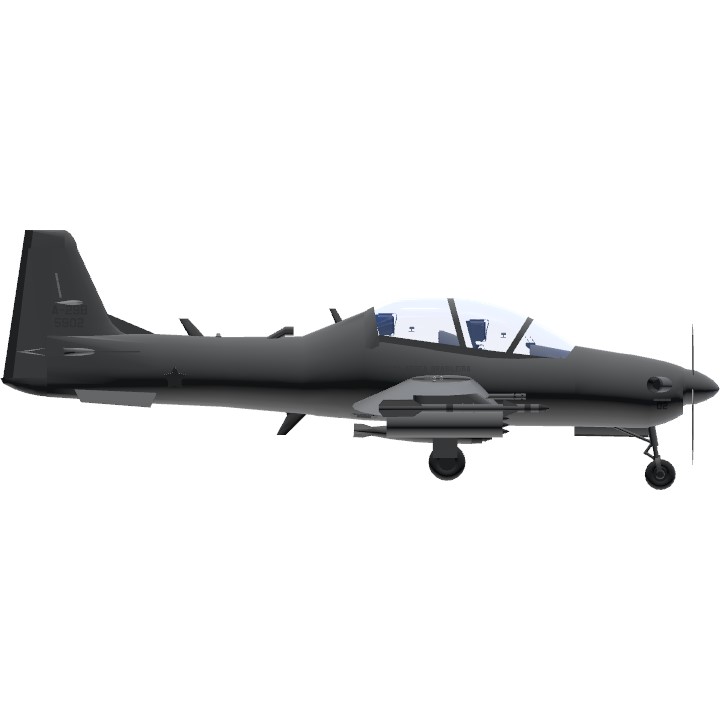
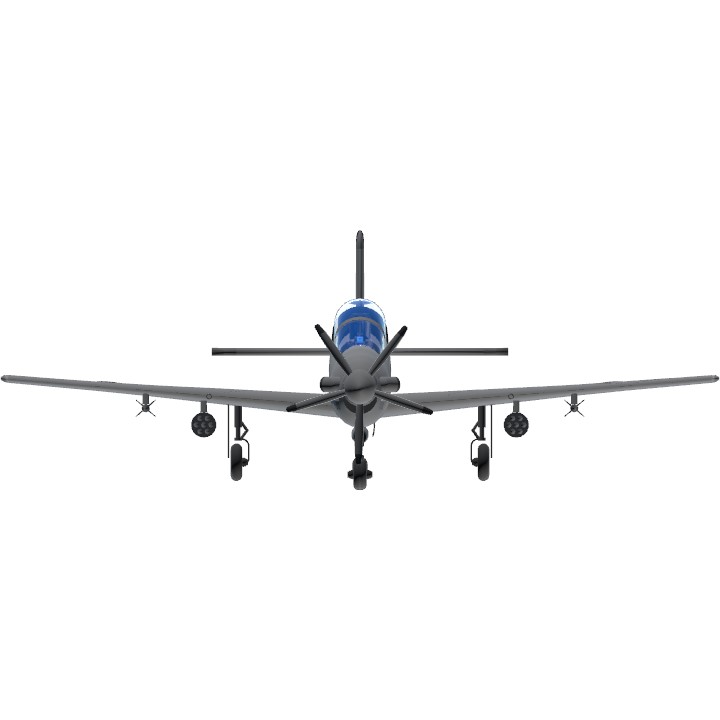
The power of this aircraft is very low!! barely exceeds 600k/h
I've already made two variant versions of the Tucano, the last one is practically Subsonica (fixed) Without loss of energy, exclusive for very high speed competitions.
I’m gonna add an ejection seat fr
Aí sim meu favorito
Sus
Been thinking of making this one, its a neat aircraft. Very nice replica
toocano